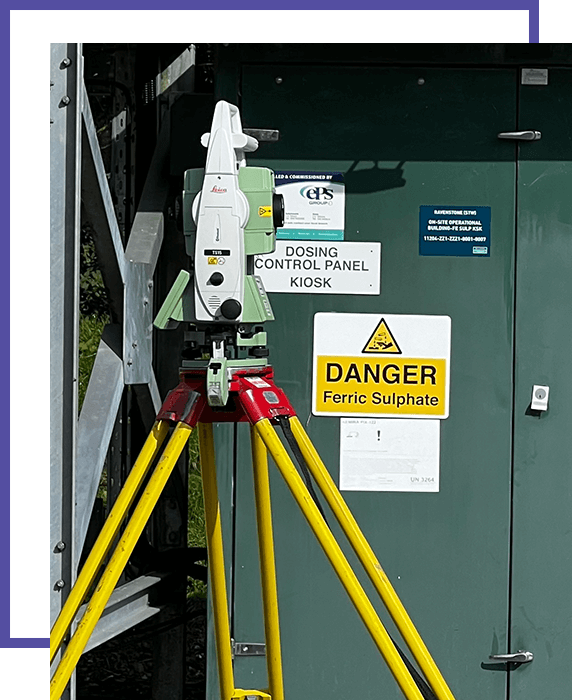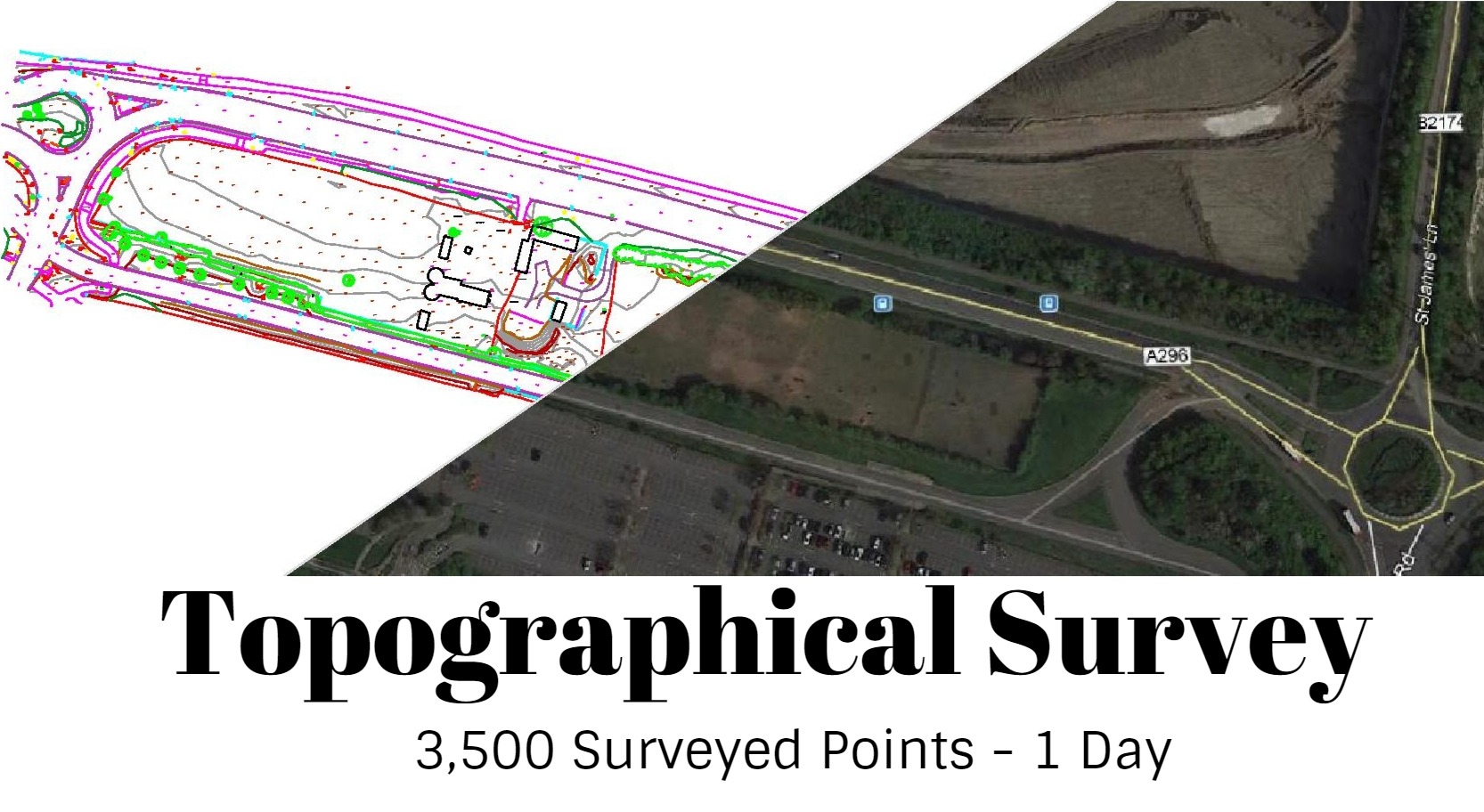The Benefits of Topographical Surveying in Construction and Planning
Wiki Article
Essential Tools and Strategies in Laying Out Engineering
The self-control of setting out engineering relies heavily on a suite of essential devices and methods that underpin the precision and effectiveness of project execution. What effects does this hold for future engineering practices?The Value of Accurate Measurements

The relevance of precise measurements expands beyond simple conformity; they are indispensable to the total performance of design processes. Mistakes can lead to worldly waste, project delays, and raised labor prices, eventually affecting the job's profits. Exact measurements enhance the top quality of the final item, making certain that it carries out as meant and satisfies the assumptions of stakeholders.
In addition, the relevance of precise measurements is evident in numerous engineering self-controls, consisting of civil, mechanical, and electric engineering. Hence, cultivating a society that prioritizes precision is crucial for the future of engineering.
Essential Tools for Laying Out
Laying out, an important stage in the design and building and construction procedure, counts heavily on specific devices that make sure exact location and alignment of frameworks. Among these devices, the land surveyor's degree stands out, offering accurate horizontal measurements important for developing referral points. This tool makes it possible for designers to establish elevation changes and preserve uniformity across the job site.
The overall station is an additional indispensable device, incorporating digital range dimension with angular measurement capabilities. This innovation improves performance and accuracy in capturing spatial data, permitting reliable website format and preparation.
Additionally, using gauging tapes and noting devices, such as chalk lines or stakes, is basic for momentarily noting borders and essential factors on the site. These standard devices, though easy, are critical for guaranteeing clear communication among the construction team regarding task specs.
Lastly, GPS innovation has actually gotten grip in setting out procedures, providing real-time positioning information and substantially improving precision over conventional approaches. Jointly, these crucial tools create the backbone of reliable laying out practices, eventually adding to the effective execution of design and building tasks.
Advanced Checking Strategies
Advanced evaluating strategies play a crucial duty in boosting the precision and performance of design jobs. These methods include a variety of techniques that offer accurate information for layout and building. Typical techniques, such as leveling and triangulation, have developed right into much more sophisticated strategies, including Overall Terminal surveys and Global Navigation Satellite Solution (GNSS)Overall Station tools integrate digital theodolites with distance measurement abilities, allowing land surveyors to gather specific location information with terrific speed. This modern technology substantially minimizes mistakes connected with hands-on dimensions and gives real-time information processing. GNSS uses exceptional accuracy for large-scale tasks by utilizing satellite signals to determine exact positioning, which is essential for guaranteeing and lining up structures conformity with design specs.
In enhancement to these devices, advanced techniques additionally include geospatial evaluation and 3D modeling. These techniques make it possible for engineers to envision terrain and website problems better, facilitating better decision-making during the planning phase. By using these advanced checking techniques, engineering tasks can attain greater precision in layout, lower rework, and eventually enhance overall project success.
Digital Modern Technology in Design
The combination of digital innovation has reinvented design techniques, improving both performance and accuracy across different self-controls. Devices such as Structure Details Modeling (BIM) help with the visualization and management of complex jobs, permitting engineers to collaborate seamlessly and make notified decisions. This technology allows the production of comprehensive 3D designs, which can be assessed for structural stability and effectiveness prior to building and construction begins.
The application of man-made knowledge and artificial intelligence in design processes better boosts predictive maintenance and optimization of sources. These technologies allow the analysis of large data collections, resulting in much better projecting and enhanced task outcomes. In general, electronic modern technology is reshaping the engineering landscape, driving development, and making certain that jobs are completed with higher effectiveness and minimized threat. As the sector continues to progress, welcoming these devices will certainly be necessary for future success.
Best Practices for Execution
When implementing digital innovation in design, it is crucial to establish a critical approach that aligns with job objectives and business abilities. A comprehensive evaluation of existing process and modern technology framework is vital to recognize voids and opportunities for improvement. Engaging stakeholders early in the process fosters partnership and makes sure that the modern technology fulfills customer demands.
Job supervisors need to take on a repetitive implementation approach, enabling modifications based upon real-time responses and efficiency analyses. This nimble method not only alleviates dangers however also advertises constant enhancement by integrating lessons discovered.
Final Thought
To conclude, the combination of necessary devices and advanced techniques in laying out design is essential for making certain accuracy in dimensions and successful project execution. Utilizing instruments such as surveyor's degrees, complete terminals, and GPS innovation, along with modern-day checking methods, enhances precision and minimizes the chance of mistakes. Embracing finest practices in execution additionally enhances these procedures, ultimately fostering boosted job outcomes in the engineering and building industries.The discipline of establishing out design counts heavily on a suite of important devices and techniques that underpin the accuracy and efficiency of project execution.In addition, the significance of accurate measurements is apparent in different engineering disciplines, consisting of civil, mechanical, and electric design. By using these advanced surveying strategies, design jobs can accomplish Engineering surveys greater accuracy in format, lower rework, and eventually improve total job success.
Overall, electronic innovation is reshaping the design landscape, driving innovation, and making sure that projects are finished with higher effectiveness and lowered threat (setting out engineering).In final thought, the assimilation of vital devices and progressed techniques in establishing out engineering is essential for guaranteeing precision in measurements and effective task implementation
Report this wiki page